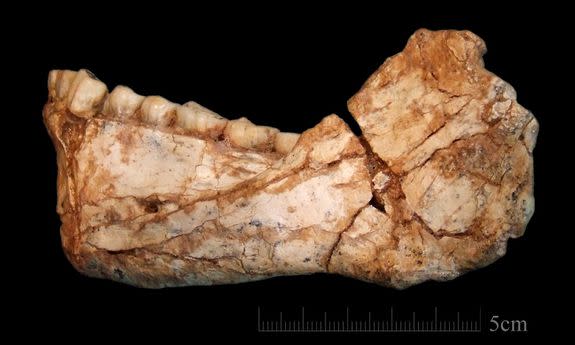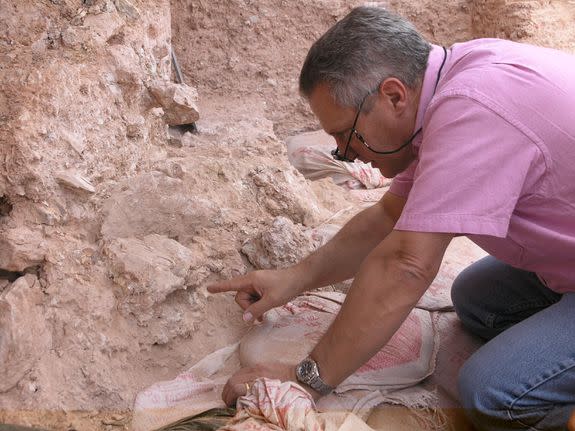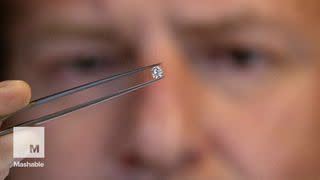Morocco fossils push back the timeline on human origins

Fossilized remains found in Morocco might belong to our 300,000-year-old ancestors.
The skulls and bones could represent the earliest known fossils of Homo sapiens, the human species to which we all belong, scientists said in two new studies published Wednesday.
If true, the findings would mean that our species originated at least 100,000 years earlier than previously thought. The results could also bring more clarity to our still-fuzzy understanding of how, where, and when humans evolved in Africa.
SEE ALSO: 7-million-year-old teeth add new layer to human origin story
Until now, the earliest fossil attributed to a modern form of H. sapiens was about 195,000 years old and came from Ethiopia. Many anthropologists believe that all living humans descended from a population living in East Africa around that time, and that our modern human biology appeared relatively rapidly.

Image: Jean-Jacques Hublin, MPI-EVA, Leipzig
"Our results challenge this picture in many ways," Jean-Jacques Hublin, a professor at Germany's Max Planck Institute for Evolutionary Anthropology, who led research at the Moroccan site, said on a press call.
Hublin and his team found the fossilized remains, along with stone tools and animal bones, at the Jebel Irhoud archeological cave site, which lies 62 miles west of Marrakesh. The site was first discovered in the 1960s by Moroccan miners, but it wasn't until 2004 that researchers began to properly clean and excavate all that was left behind.
Two researchers not involved in the new studies said they agreed the Jebel Irhoud fossils "now represent the best-dated evidence of an early 'pre-modern' phase in H. sapiens evolution."
Chris Stringer and Julia Galway-Witham, both of the Natural History Museum in London, said the specimens "probably constitute an early representative of the H. sapiens lineage that could illuminate the evolution of our species," they wrote in an accompanying article in Nature.

Image: Shannon McPherron, MPI EVA Leipzig
The Morocco remains together represent at least five individuals, including three adults, one adolescent, and an 8-year-old child. Stone tools from the site appear to date to the early Middle Stone Age, an ancient cultural stage in the north, east, and south of Africa that began around 280,000 years ago.
At the site, fragments of burned flint suggested that humans used fire intensely there. Researchers used two techniques to determine the site's age: thermoluminescence dating, which involves measuring the accumulated dose of radiation in minerals, and Electron Spin Resonance dating, which measures the number of trapped electrons that have accumulated since the object was buried. The team concluded the site was around 300,000 to 350,000 years old.
"These dates were a big 'wow,'" Hublin recalled. "That was much older than anything else in Africa we could relate to our species."
The age of the site, and the fact that it's across the African continent from Ethiopia, indicate that H. sapiens were more widely dispersed throughout Africa than previously understood, according to the new research.
The fossils also suggest that our species evolved more gradually than we thought. Early H. sapiens appeared to have had a combination of advanced features, including the face of modern humans, an archaic conditions, such as more ancient forms of endocraniums and brains — which suggests our species' face developed before the skull.
Richard Klein, an anthropology professor at Stanford who provided feedback on the studies before publication, said the face-before-skull was a "reasonable idea." But he said additional fossil specimens were needed to either support or disprove the pattern.
"It's just a hypothesis," he said in a phone interview, adding that the new research was still "important" to our the of human evolution.
Hublin noted the studies don't claim to say "that Morocco became the cradle of modern humankind." Instead, the research points to a "pan-African emergence of our species," he said.
WATCH:

